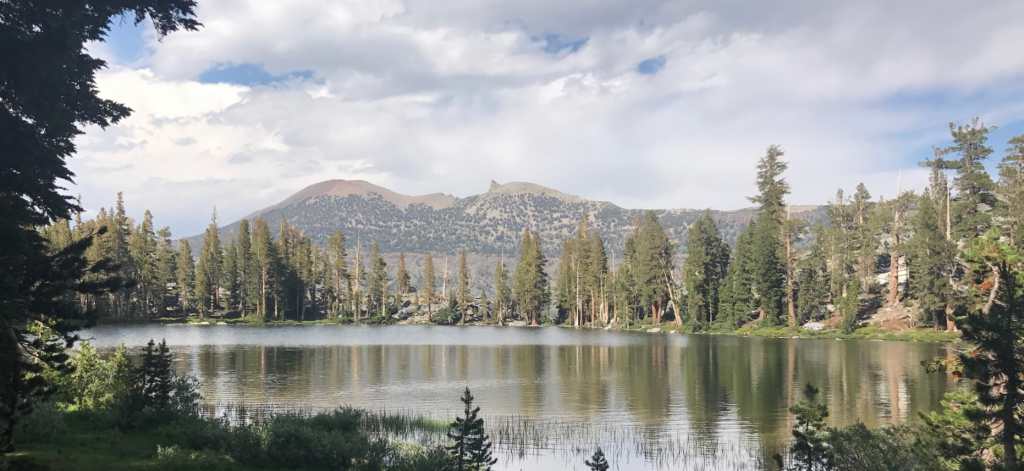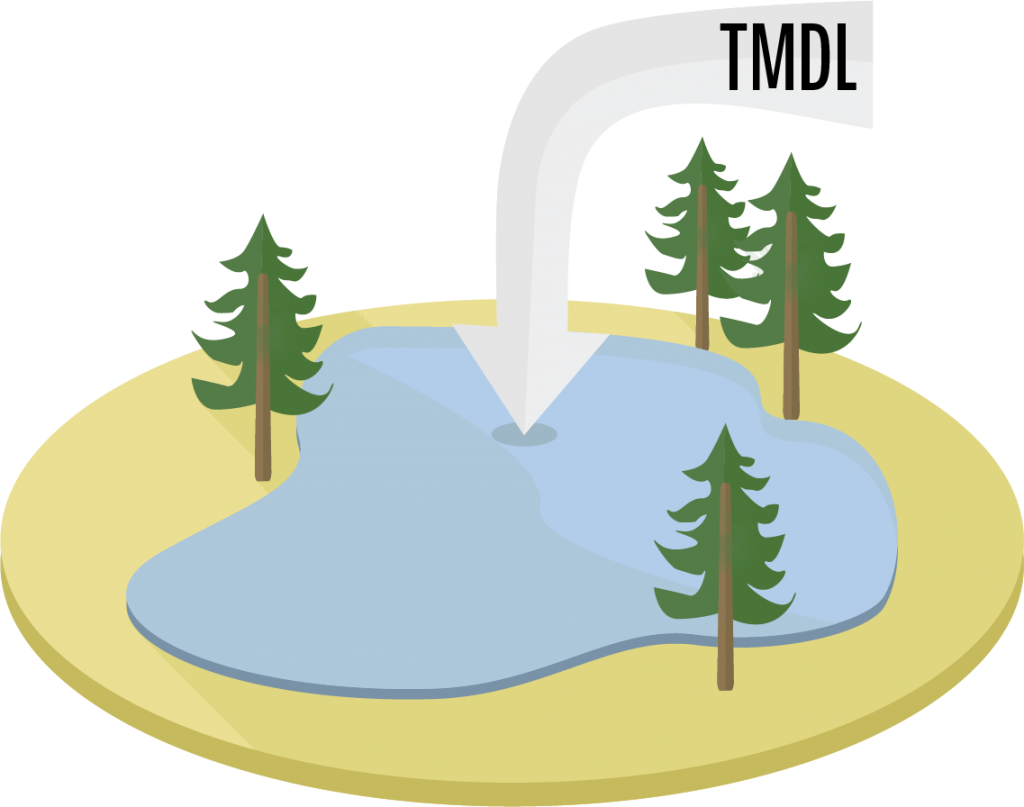Central Coast Water Board TDML Measurement

Overview
The State of California’s Central Coast Regional Water Quality Control Board is dedicated to preserving, enhancing, and restoring the quality of California’s water resources to ensure that both the public and the environment are protected from hazardous contaminants. To accomplish this goal, their team focuses on collecting data and monitoring the overall quality of California’s water resources. One of the primary tools utilized by the Central Coast Regional Board is a Total Maximum Daily Load (TMDL), which is the amount of a particular material a waterbody can regularly absorb without jeopardizing the beneficial uses of the water. TMDL projects include an implementation plan or strategy to reduce pollution an achieve the TMDL. Implementation plans identify sources of the pollutants, allocate a maximum pollutant load or TMDL to each of those sources, and define a reasonable time schedule to attain the TMDL. In order to improve the efficiency and accuracy of obtaining and processing TMDL implementation plan data, the Central Coast Water Board approached California Polytechnic State University’s Digital Transformation Hub (DxHub) to develop an application to assist them in obtaining information that is pivotal to their mission.

Problem

The Central Coast Regional Water Quality Control Board has many TMDL projects that address pollution issues across the Central Coast of California. The Central Coast Water Board has an obligation to field questions and distribute TMDL project data to various government agencies and invested or responsible parties upon request. This process has been difficult to complete in an efficient manner due to data being stored as files instead of in a central database, which has limited the board’s ability to query project data efficiently and report it accurately.
Innovation in Action
The DxHub team interviewed a Water Resources Control Engineer at the Central Coast Water Board to apply Amazon’s Working Backwards methodology to examine their experiences and ensure they could build a solution to fit their needs. The team determined that the Board could better serve the public if they could extract key information from their technical reports in a timelier manner, which would result in quicker and more accurate responses to key stakeholders. The solution involved collaboration with Amazon Web Services (AWS) to design a customized Alexa skill, a feature within Alexa that allows developers to build and add unique and engaging skills to Alexa that fit a particular customer need.

Results
The team began by cleansing and copying the data from a spreadsheet into Amazon’s Relational Database Service (Amazon RDS). The next step involved demonstrating a quick prototype of Alexa’s custom skill capability. The DxHub team focused on three frequently asked questions fielded by the Central Coast Water Board that pertained to existing TMDL data.
- How many projects identify a specific source as a pollutant
- When was a particular project approved or adopted by an approval entity?
- How many projects will be completed by, on, or after (date)?
Now resource engineers can simply say “Alexa, how many projects identify wildlife as a source of pollution?” and Alexa responds with “12 water bodies identify wildlife as a source.” By programming these questions into the design of the Alexa skill, information was substantially more accessible, as stakeholders could ask vocal questions as opposed to sifting through over a thousand rows of data on a spreadsheet. The resulting prototype offers a simple interface for querying existing TMDL data and offers a variety of opportunities for future application.
Value Proposition
Using Amazon Web Services (AWS) as a way to store and query this data in the cloud has many uses in the public sector. It has the potential to improve the method in which we collect relevant data and it can improve the accessibility of data in a more intuitive human centered way. This application also improves convenience to key stakeholders, making information significantly easier to obtain and comprehend. In addition, using Alexa as a voice interface to data changes the way we interact and use data.
Source code
A working example of the code used to build this custom Alexa skill is included below.
About the DxHub
The Cal Poly Digital Transformation Hub (DxHub) is a strategic relationship with Amazon Web Services (AWS) and is the world’s first cloud innovation center supported by AWS on a University campus. The primary goal of the DxHub is to provide real-world problem-solving experiences to students by immersing them in the application of proven innovation methods in combination with the latest technologies to solve important challenges in the public sector. The challenges being addressed cover a wide variety of topics including homelessness, evidence-based policing, digital literacy, virtual cybersecurity laboratories and many others. The DxHub leverages the deep subject matter expertise of government, education and non-profit organizations to clearly understand the customers affected by public sector challenges and develops solutions that meet the customer needs.
